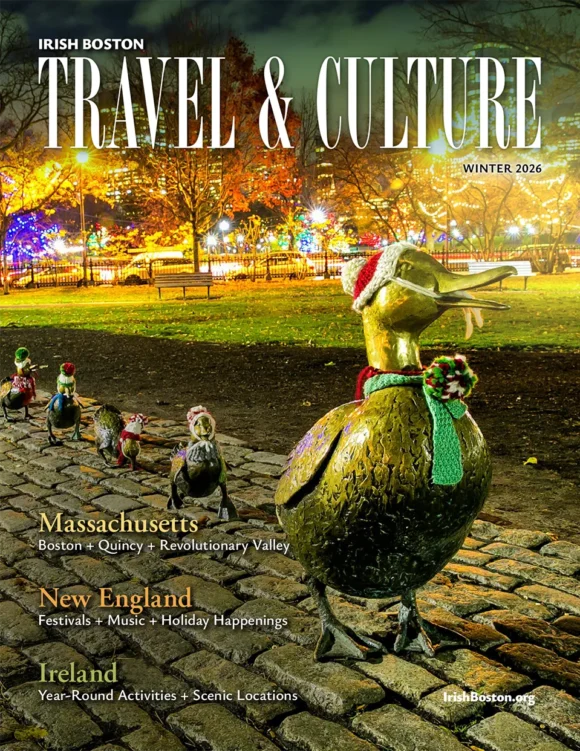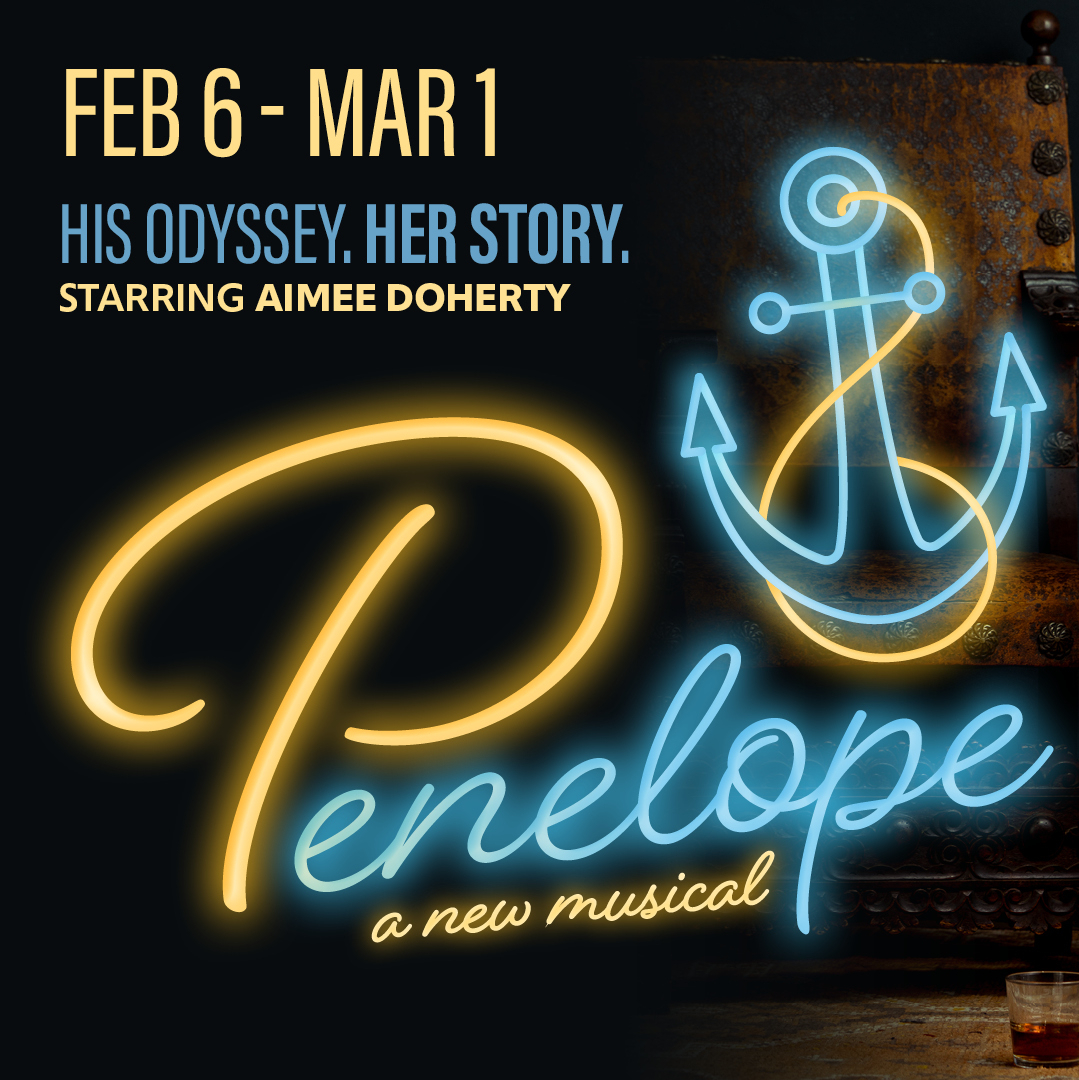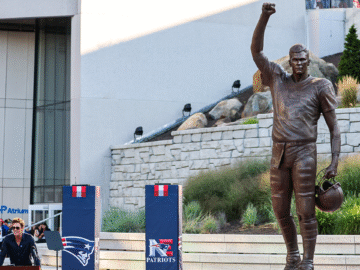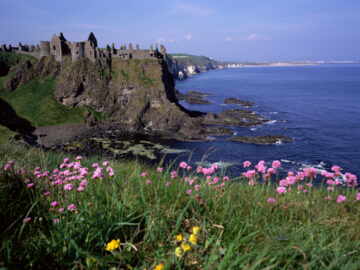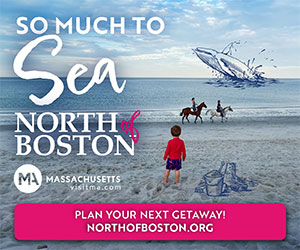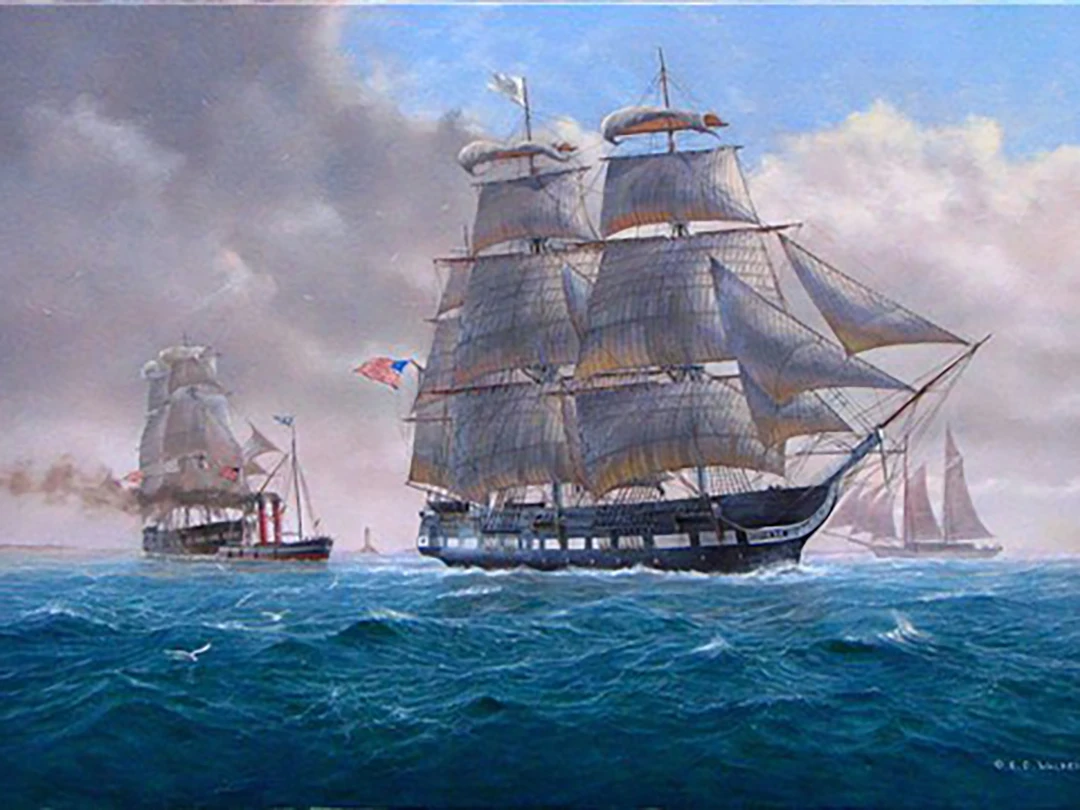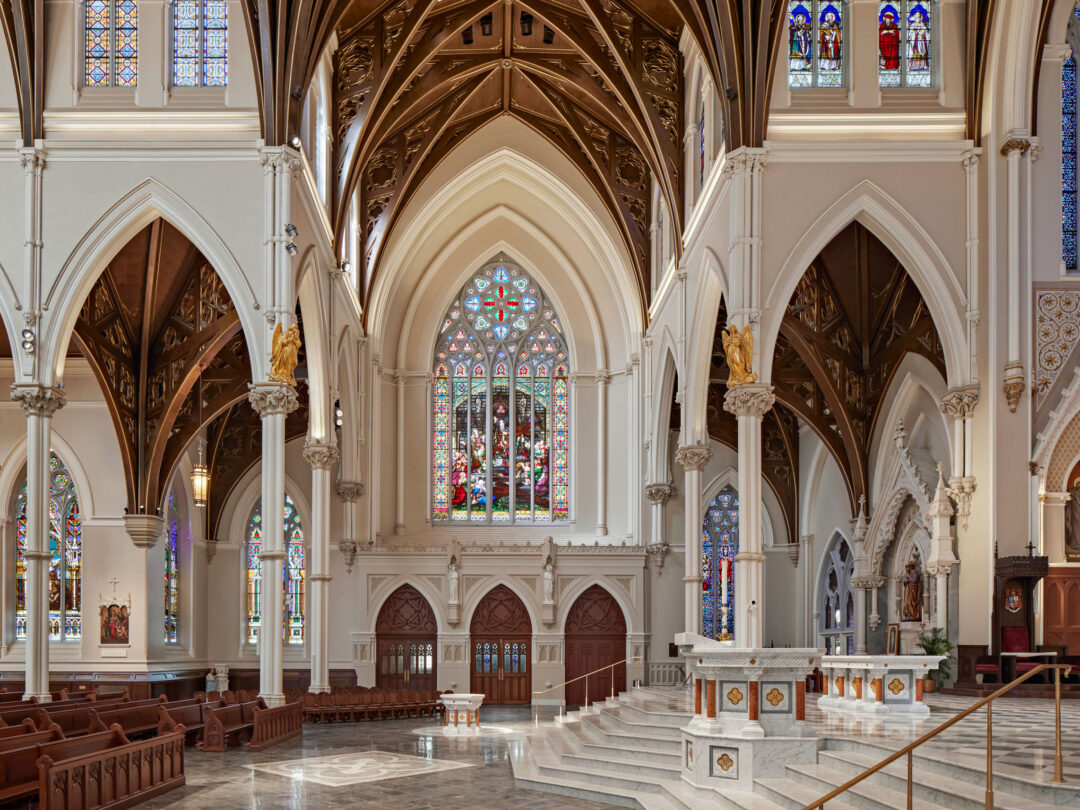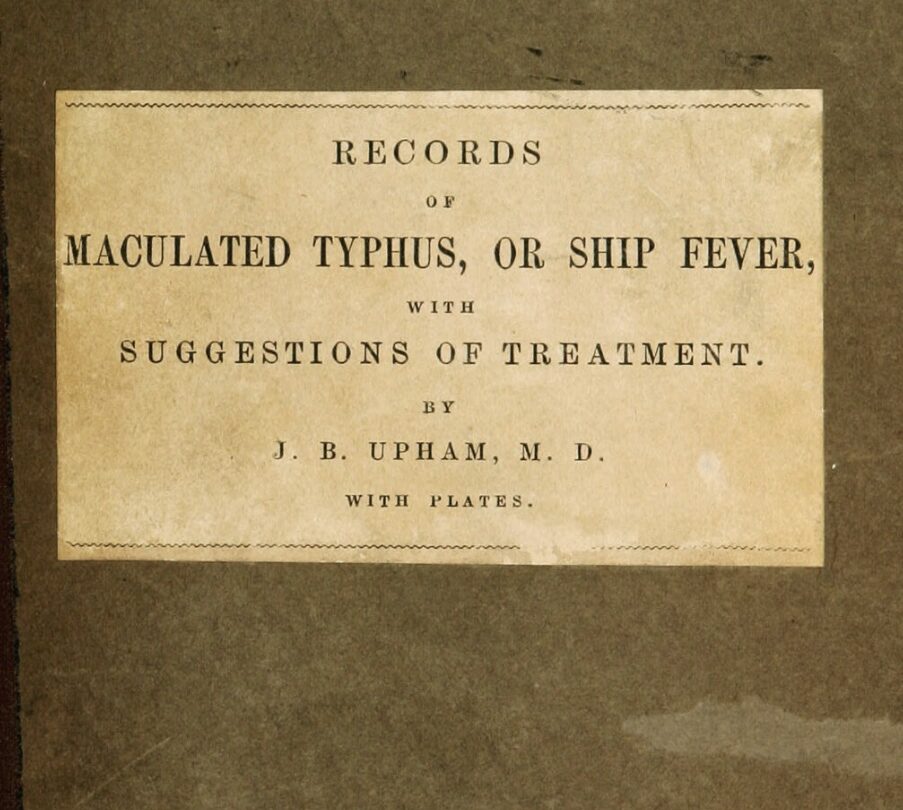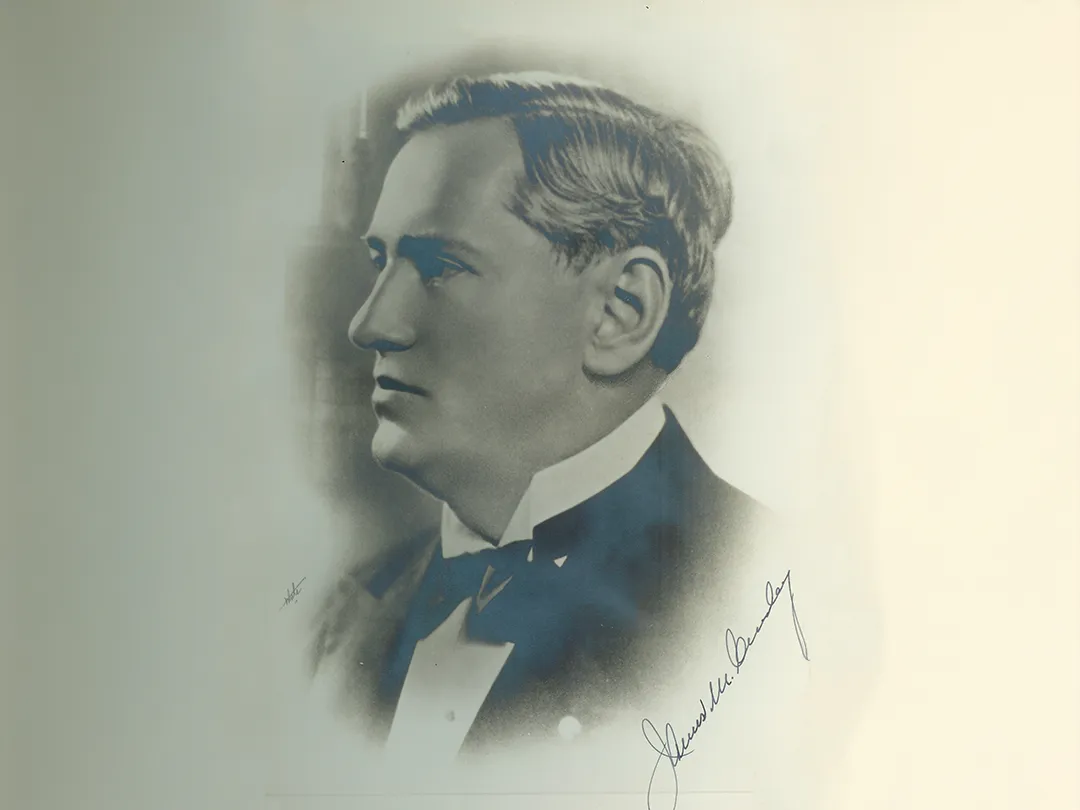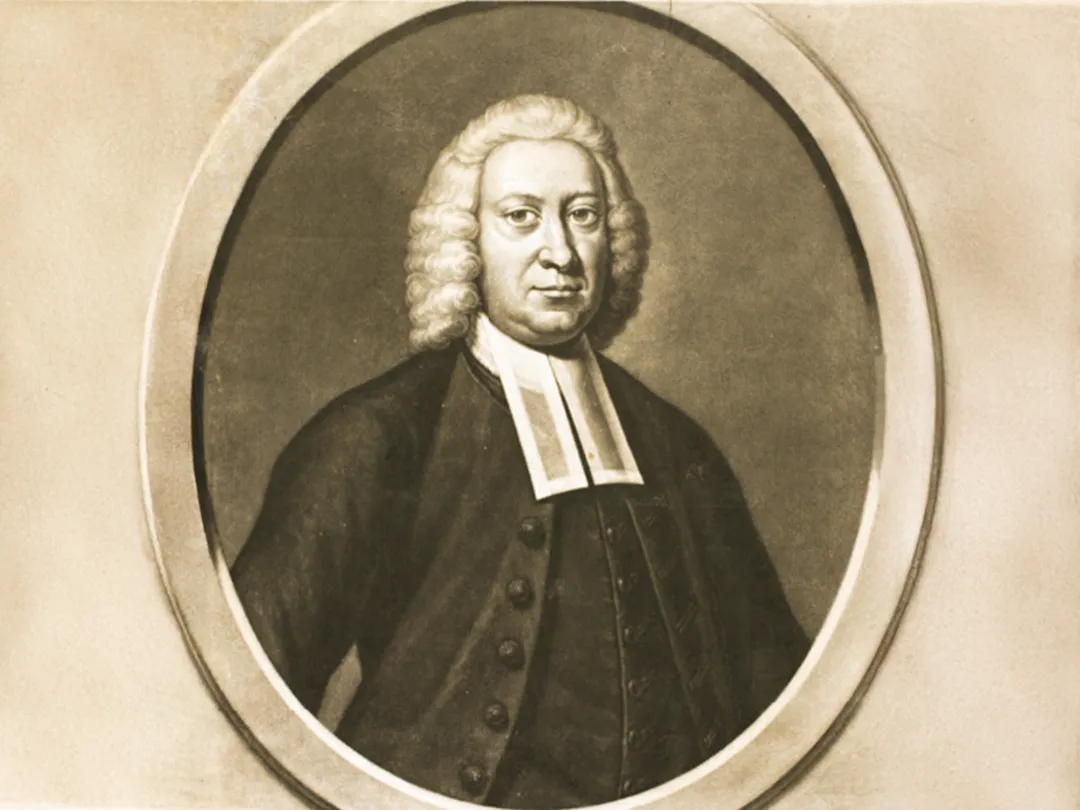The Original Boston Celtics
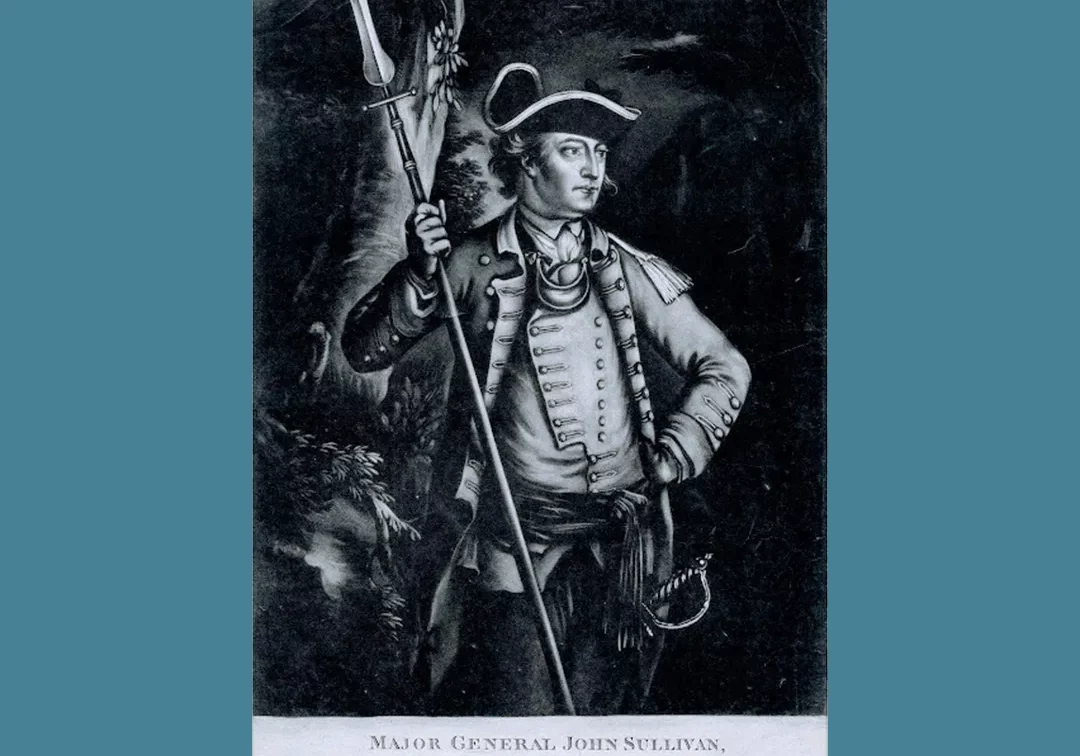
In the early 18th century, Irish and Scottish settlers began infiltrating Boston’s solidly Puritan stock, coming by the boatload as congregations, or as stragglers wandering up from New York or down from Halifax, Nova Scotia. Long before basketball was invented, these were the original Boston Celtics!
The wave of immigration from the island of Ireland had a lasting impact on the 13 American colonies and helped to shape the mindset of its citizens leading up to the Revolutionary War. These immigrants were largely indentured servants and small town merchants, sailors and skilled trades people, farmers and preachers. In Ireland, they were wracked by taxes and tariffs, political oppression and by religious prejudice, so the American colonies became a promised land in their minds.
In some cases, entire congregations of Scots-Irish Presbyterians from Ulster arrived together, starting in 1718, and settled what was then considered the ‘frontier’ borders in Maine, New Hampshire, and Central Massachusetts.
Others, like Owen Sullivan from County Cork and his wife Mary Browne were indentured servants who settled in Maine in 1740 – they worked through their indenture (typically 5-7 years) and built their own family dynasty. Their son John Sullivan (pictured above) became a major general in George Washington’s Army, while James became the second governor of Massachusetts.
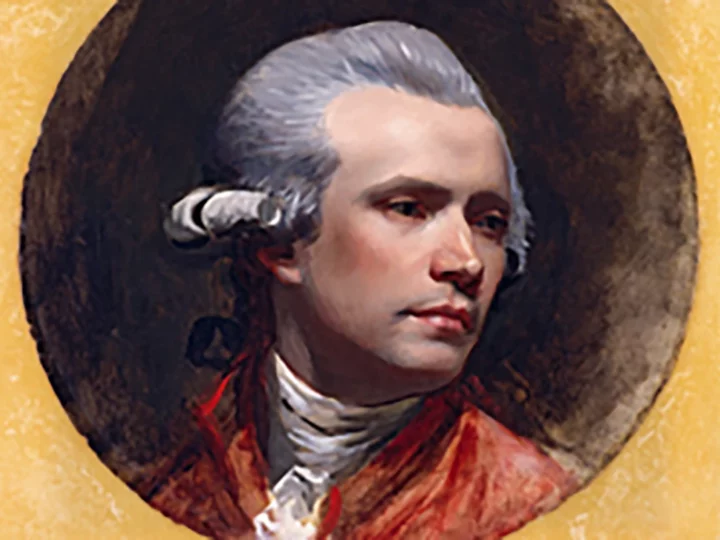
John Singleton Copley, America’s first great portrait painter, was the son of two Irish immigrants who came from County Limerick and County Clare in the 1730s. He painted some of the leading figures in the American Revolution, including John Hancock, Sam Adams, Joseph Warren and others. Many of his portraits are on display at the Museum of Fine Arts in Boston. Copley Square in Boston’s Back Bay is named in his honor.
Copley’s half brother, Henry Pelham, was a talented illustrator, engraver and map-maker. He did the original illustration of the Boston Massacre on March 5, 1770, which was quickly engraved by Paul Revere and widely distributed both in the colonies and in Europe. During the Siege of Boston, Pelham drew a map for the British military to use titled, “A Plan of Boston in New England with its Environs,” showing “the rebel works” around Boston, Charlestown and surrounding towns. The Boston Public Library has a copy of the original map published in 1777.
Both Copley and Pelham were loyalists to the British Crown, and left Boston just as the Revolutionary War started, returning to England and Ireland.
One of the five victims of the famous Boston Massacre of March 5, 1770 was Patrick Carr, an Irish immigrant who was shot down by the British soldiers. The soldiers themselves were actually from the 29th Irish Regiment. They had Irish names like Thomas Preston, Hugh White, John Carroll and William McCauley. Carr is buried at the Old Granary Burying Grounds, along with other Irishmen like William Hall, president of the Charitable Irish Society, which formed in 1737, and Governor James Sullivan.
At the Battle of Concord and Lexington in April 1775, and the Battle of Bunker Hill in Charlestown in June 1775, Irish immigrants were fighting on both sides of the conflicts.
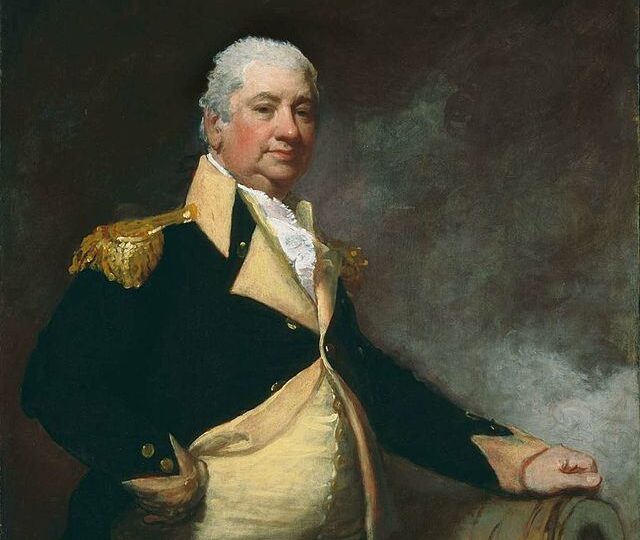
Henry Knox, a bookseller from Boston, was the son of Scots-Irish immigrants from Ulster; his uncle was one of the founders of the Charitable Irish Society in 1737. He impressed General George Washington with his knowledge of military strategy and armaments, and in early 1776, he and his brother William led a team of patriots who dragged 58 canons from Fort Ticonderoga, New York to Cambridge, Massachusetts. The weapons were pointed at the British naval fleet in Boston Harbor from atop Dorchester Heights, and by in March 1776 had effectively ended the British Siege of Boston.
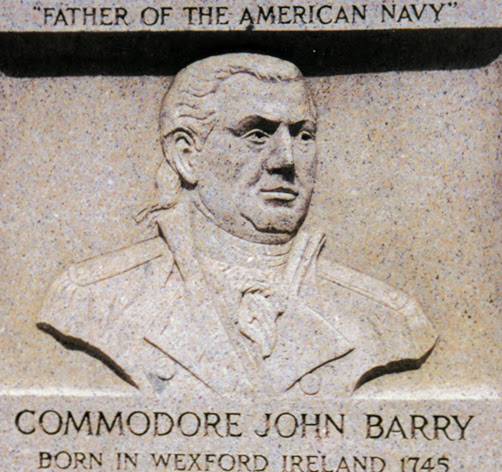
John Barry from County Wexford was a leading naval hero of the Revolutionary War. He was the first officer to be commissioned by the Continental Congress, taking command of the USS Lexington in December 1775, and defeated many British ships throughout the war. A plaque honoring Commodore Barry was unveiled on Boston Common in 1949, next to the Visitor Center, which proclaims Barry as the “Father of the American Navy.” President John F. Kennedy considered Barry his naval hero, and owned several Barry artifacts, including his sword, which is now at JFK Presidential Library in Boston.
Another naval hero, Jeremiah O’Brien, was a privateer who captured British ships off the New England coast, from Machias Maine down to Gloucester and Newburyport. A plaque to O’Brien was unveiled in the Massachusetts State House in 1937.
These early settlers are part of Boston’s Irish Heritage Trail, a trail of twenty landmarks in downtown Boston, along with 20 historic sites in Boston’s neighborhoods. The Trail covers more than three centuries of the Irish in Boston, from the 18th to the present.
You can pick up a free copy of the Irish Heritage Trail map, which is included in our Travel & Culturemagazine. The magazine is available at Boston Common visitor center and at these locations. Check out more details at IrishHeritageTrail.com.
Enjoy articles like this?
Join our mailing list and have the latest sent to your inbox.

